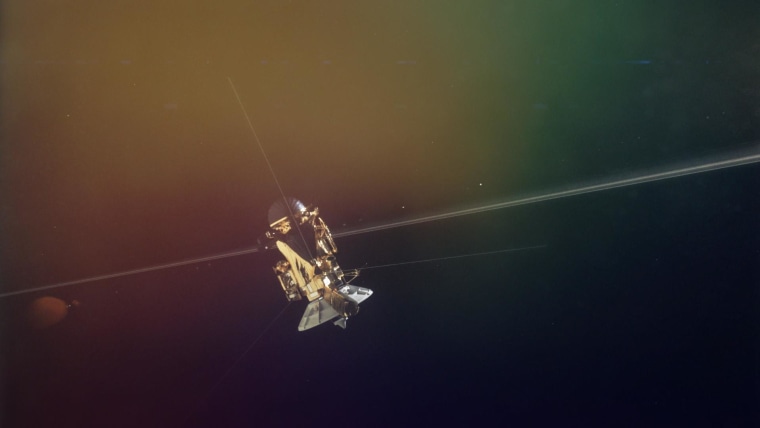The James Webb Space Telescope is ready for a nearly 100-day stay in the freezer.
The megatelescope arrived at NASA's Johnson Space Center in Houston yesterday (May 7), where it will undergo one last cryogenic test to make sure it can function in the intense cold of deep space. The telescope — which is a joint project among NASA, the European Space Agency and the Canadian Space Agency — is set to launch in 2018.
Webb recently finished testing at NASA's Goddard Space Flight Center in Maryland, where engineers made sure its components could withstand the violent vibrations and harsh conditions of launch and spaceflight.
Photos: Building the James Webb Space Telescope
The telescope will spend almost 100 days in Johnson Space Center's Chamber A, an enormous vacuum chamber that was upgraded in 2013 after serving as the test bed for the Apollo modules destined for the moon. This final cryogenic test will confirm that the telescope's entire optical system can function in a region 1 million miles (1.6 million kilometers) from Earth, NASA officials said in a statement.
Then, the telescope will continue its journey to Northrop Grumman Aerospace Systems, in California, the project's primary contractor, for final assembly and testing. There, it will also integrate its spacecraft bus, which will house and protect the telescope during launch, and its sunshield, which will protect it from the sun's and Earth's infrared radiation as it probes distant star systems and galaxies. The sunshield will unfurl to the size of a tennis court once the telescope reaches its destination and unfolds to its full size.
Related: Secret Space Plane Returns After Record-Setting Mission
Webb is the more powerful successor to the Hubble Space Telescope, and when it launches in 2018, it will be the world's largest space telescope. Each of its mirrors is individually tunable from afar, so any errors in focus will not necessitate a trip to space to install a physical corrective lens, like Hubble needed.
Email Sarah Lewin at [email protected] or follow her @SarahExplains. Follow us @Spacedotcom, Facebook and Google+. Original article on Space.com .
- Shaken & Chilled: Tests Give James Webb Telescope a Taste of Deep Space
- How NASA's James Webb Space Telescope Works (Infographic)
- James Webb Space Telescope's Assembled Golden Mirror Is Sight To Behold
Follow NBC MACH on Twitter, Facebook, and Instagram.


